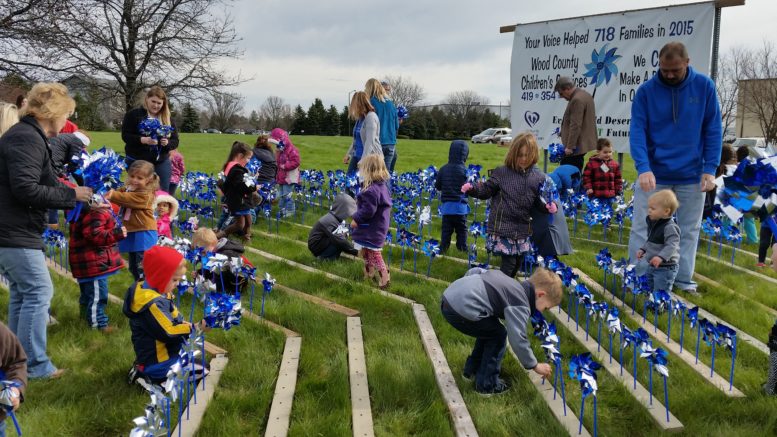By JAN LARSON McLAUGHLIN
BG Independent News
Children who have gone through traumatic experiences can’t always be reached with traditional therapy alone.
So Wood County agencies will soon be trying Adventure Therapy to help children who have faced trauma in their young lives. Wood County Children’s Services has received a $15,000 grant to pay for training in Adventure Therapy, according to Sandi Carsey, Children’s Services director.
Children’s Resource Center in Bowling Green, and Renewed Mind in Perrysburg will provide the therapy, Carsey said.
Adventure Therapy will not replace more traditional therapy, but will offer kids aged 12 to 18 a chance to work as a team with other children to do something they may not feel they can’t accomplish, such as climb a rock wall.
“Kids will be challenged to do something,” Carsey said. “It will help build up their confidence.”
Adventure Therapy, which has been around nearly 20 years, blends experiential activities and evidence-based treatment, according to Janelle LaFond, executive director at Children’s Resource Center.
“It won’t be sitting down like talking therapy,” LaFond said. “It will be things that really challenge kids.”
“We want to increase their resiliency and their own feelings of confidence,” she said.
Adventure Therapy is used primarily with kids who have a traumatic history, such as being removed from their homes and placed in foster care, LaFond said.
Children’s Services has found over the years that oftentimes when children age out of foster care they are not prepared to be on their own. This type of therapy could be helpful to them, LaFond said.
“This is really the gravy on the potatoes,” she said.
LaFond explained that some children, such as those with attention deficit problems, respond best to very structured therapy programs. “But trauma kids, when you put up charts and rules, it doesn’t work as well.”
Adventure Therapy is also designed to help children establish trust, social skills, a help seeking behavior.
The goal of the therapy is to assess children’s needs and “meet them where they are,” by tailoring activities that engage them and achieve outcomes that will allow them to function more successfully with family, school and work.

